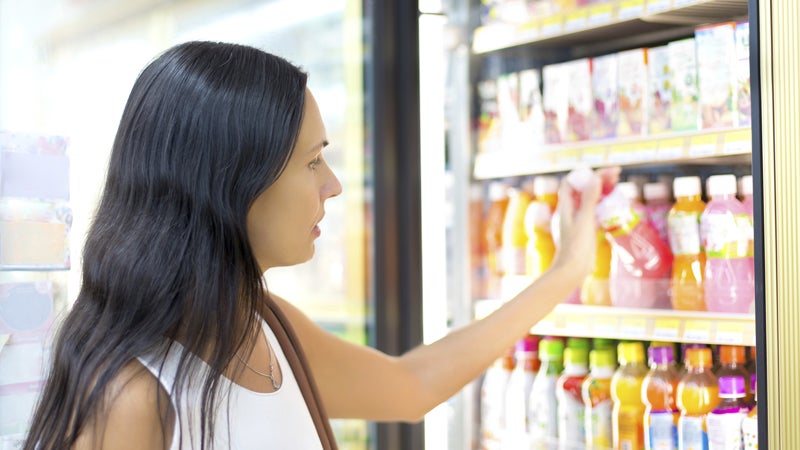ÇÀýåä» suggests that taxing sugary drinks based on caloric content per serving curbed consumption better than taxing drinks by volume.ô
According to the New York Times, researchers found that a tax of four hundredths of a penny per calorie added to a drink’s cost helped cut consumption 9.3 percent. Conversely, when packaged drinks were taxed half a cent for each ounce, consumption fell 8.6 percent. To the former taxation method’s credit, the study projects that people would consume 5,800 fewer calories each yearãthe calorie equivalent of two pounds.
Here’s some math: Your average 12-ounce can of Coca-Cola contains 141 sugary calories. Using the calorie-taxing system, we add 5.64 cents per can to its price. Using the per-ounce system, we add six cents. Hey, wait a secondãÎ The clincher here is that the stats apply when only one system of taxation is used to compare different drinks, not the same one.ô
“It provides a better incentive to the consumer to switch to lower-calorie drinks, which would be taxed at a lower rate than higher-calorie drinks,” lead author Chen Zhen, a research economist specializing in nutrition at Research Triangle Insitute, told the New York Times. “One of the concerns about taxing ounces of sugar-sweetened beverages is that consumers are paying the same tax whether they buy 12 ounces of a drink with 150 calories or 12 ounces of a drink with 50 calories.”
Under the calorie-taxing program, the sugar in a 16-ounce bottle of Vitaminwater costs you four cents. If you’re headed to Costco or stocking up for a party and debating between and a Classic Coke, a 1.64-cent difference per unit starts to add up.
With or without taxes, . Over the past few decades, soft-drink consumption has dropped dramatically. Americans drank nearly two sodas each day in 2013, a 16 percent decrease since 1998.
No matter how great the health incentives are, however, there’s still support for preventing soda taxes from making the big time. A few days ago, of one cent per ounce. More than that, some argue that numbers show the tax wouldn’t matter where obesity runs rampant. Both Arkansas and West Virginia tax soda and are the fifth and second most obese states in the country, respectively.
Granted, there are more variables involved in obesity than Pepsi’s presence in your fridge, but the correlation’s worth sipping on.
The Robert Wood Johnson Foundation, a veteran champion of taxing sugary beverages to curb childhood obesity, funded the study.


